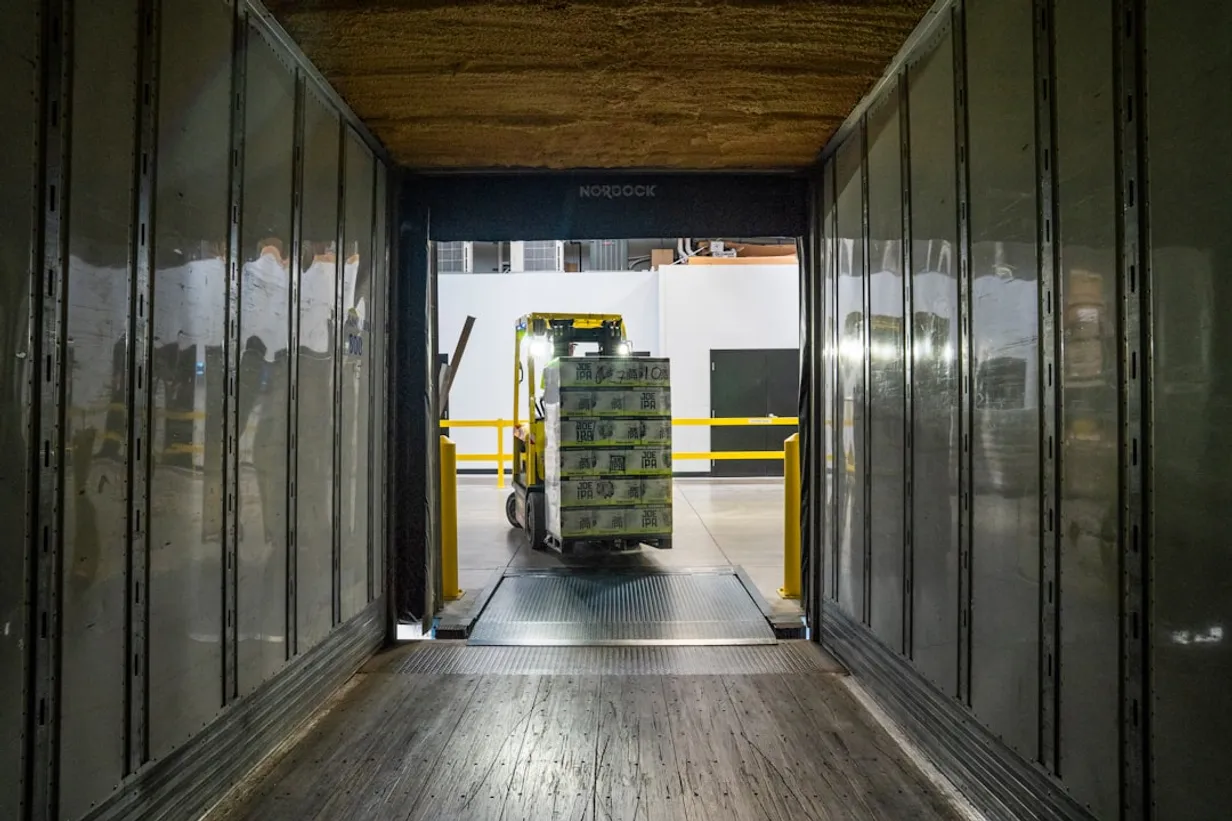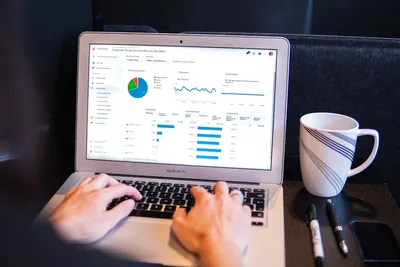Navigating Reverse Logistics in E-commerce: A Comprehensive Guide

In the dynamic world of e-commerce, effectively managing reverse logistics is crucial. Customer satisfaction largely depends on how smoothly returns are handled, making it essential for businesses to streamline their reverse logistics processes.
What is Reverse Logistics?
Reverse logistics refers to the process of moving goods from customers back to the seller or manufacturer. This often includes returns, exchanges, repairs, and recycling. Efficient reverse logistics are vital in reducing costs, recuperating value, and maintaining customer trust.
Importance of Reverse Logistics in E-commerce
The rise of online shopping has amplified the need for robust reverse logistics solutions. A well-managed system can:
- Enhance customer satisfaction by offering smooth and hassle-free return processes
- Improve inventory management by efficiently handling returned goods
- Reduce operational costs by minimizing unnecessary movements and processes
- Boost environmental responsibility through sustainable disposal and recycling methods
Key Components of Reverse Logistics
1. Return Policies
Establishing clear and customer-friendly return policies is the foundation of an effective reverse logistics system. Ensure policies are easily accessible and communicated across all platforms.
2. Return Authorization
Implementing a return authorization process helps control the flow of returned goods. It ensures that only valid returns are processed, reducing unnecessary handling and costs.
3. Inspection and Sorting
Once items are returned, they need to be inspected and sorted based on their condition. This step determines whether goods can be resold, repaired, or recycled.
4. Restocking and Disposal
Items deemed suitable for resale need to be restocked promptly. Goods beyond repair should be disposed of responsibly, following environmental guidelines.
Best Practices for Efficient Reverse Logistics
1. Invest in Technology
Using advanced software solutions can streamline return processes, from managing return requests to tracking the status of returned items. These systems can also provide valuable data insights for continuous improvement.
2. Offer Flexible Return Options
Providing multiple return options – such as dropping off at a local store or using convenient pickup services – can enhance customer satisfaction and streamline logistics.
3. Train Staff
Ensure that all employees involved in the reverse logistics process are well-trained and understand the importance of each step. Customer-facing staff should be equipped to handle return inquiries efficiently.
4. Monitor and Analyze Metrics
Regularly monitoring key metrics like return rates, processing times, and customer feedback can help identify pain points and areas for improvement.
Conclusion
Effectively navigating reverse logistics is integral to the success of any e-commerce business. By understanding its importance and implementing best practices, you can turn returns into a strategic advantage, enhancing both operational efficiency and customer satisfaction.
Top Articles: E-commerce Logistics
Check out our most popular articles, loved by logistics professionals and e-commerce businesses across Australia.

Mastering Inventory Management for E-commerce Success

How AI is Revolutionizing E-commerce Logistics in Australia

